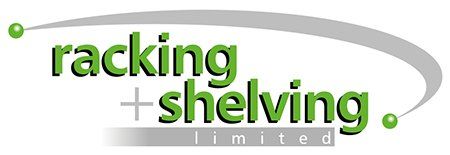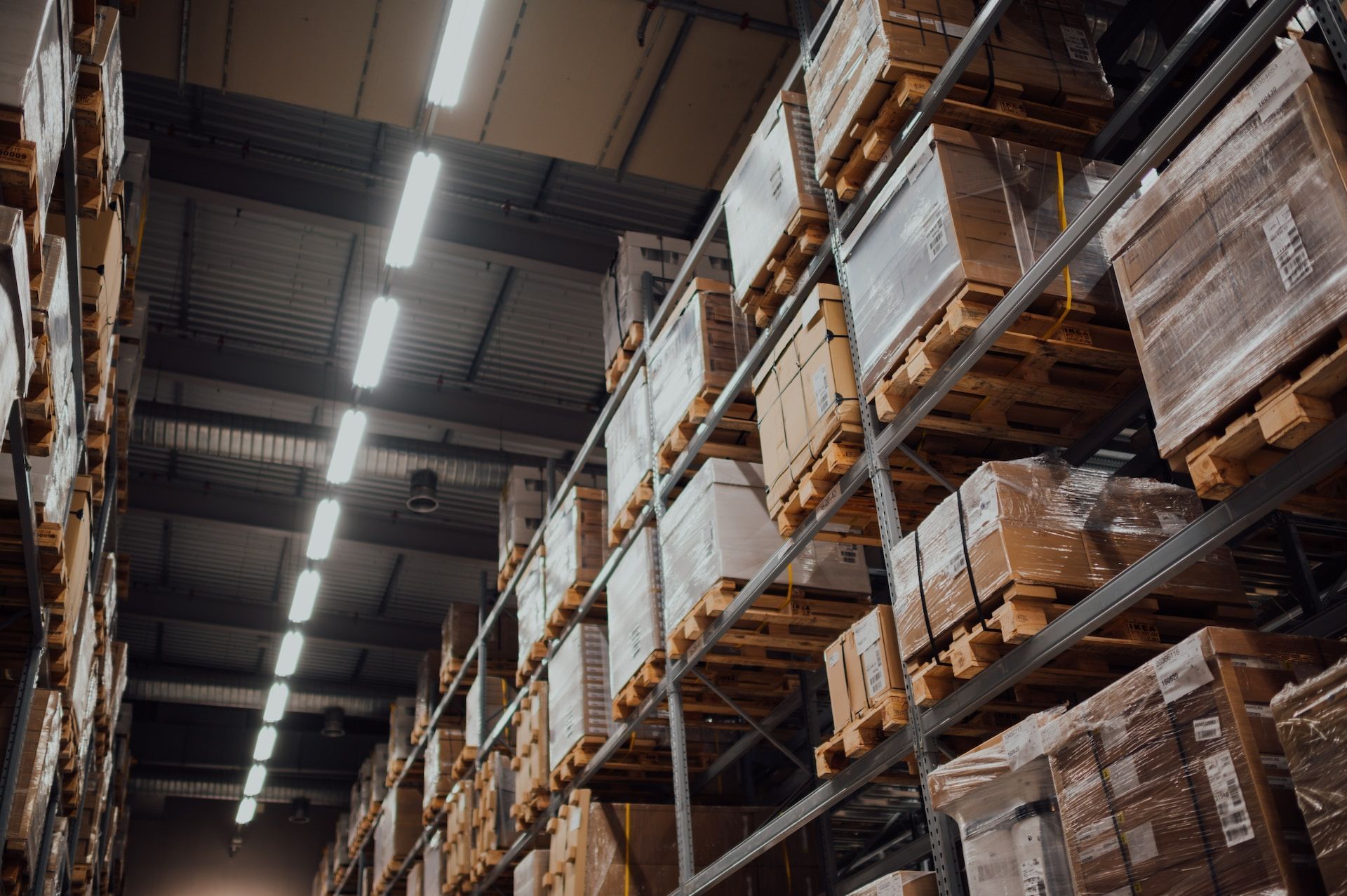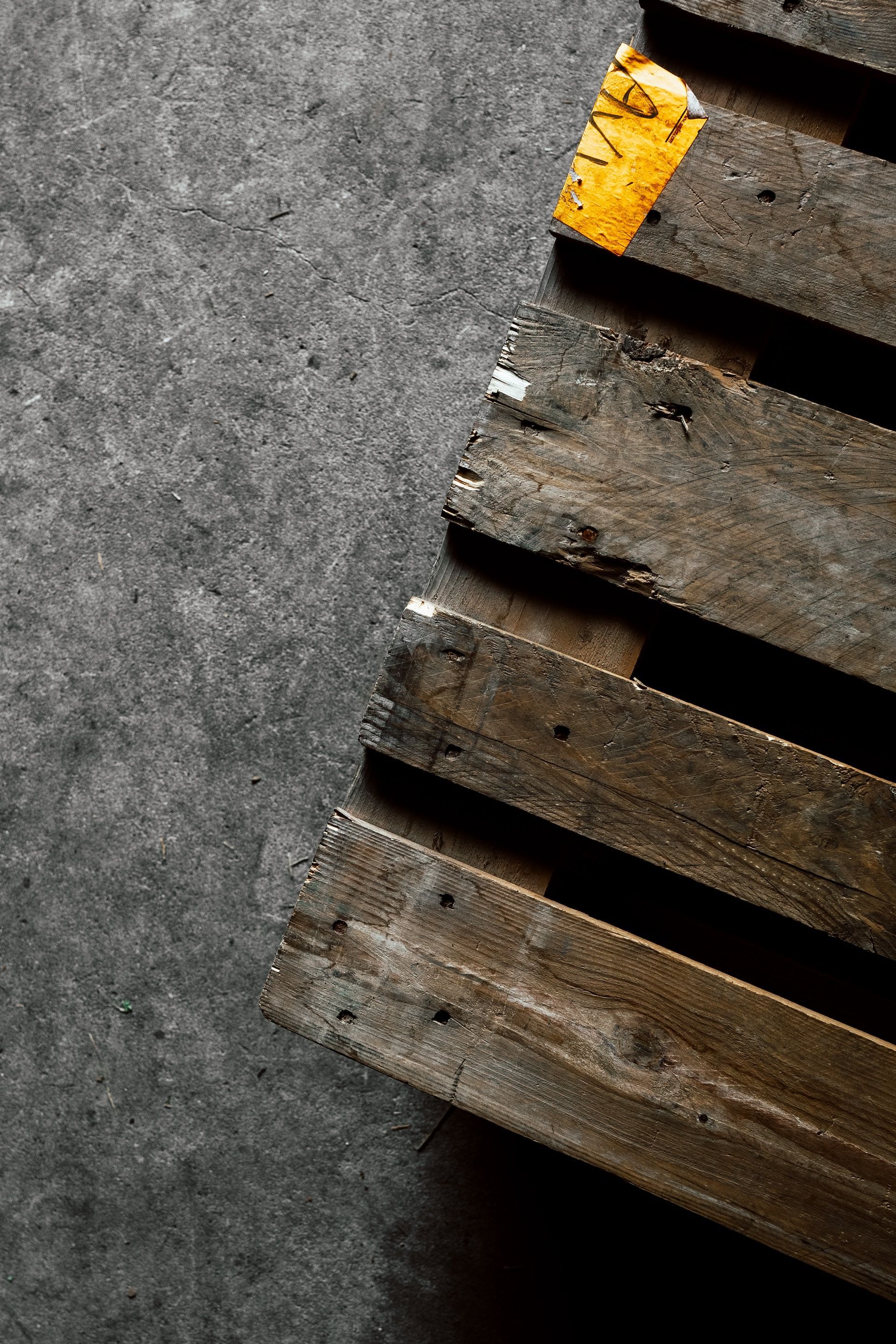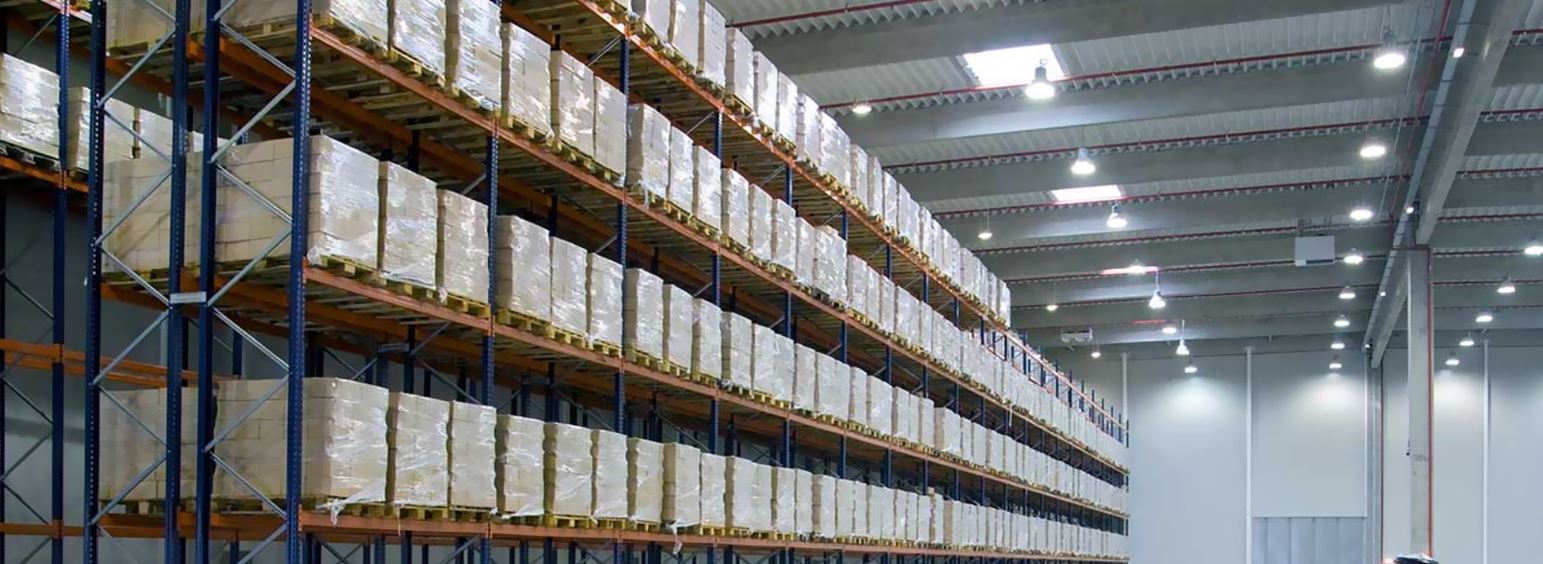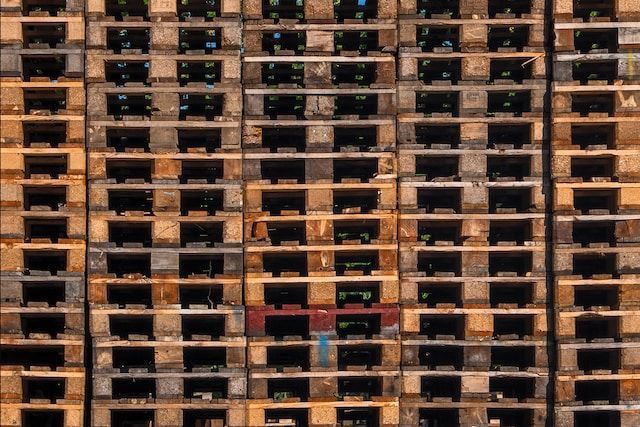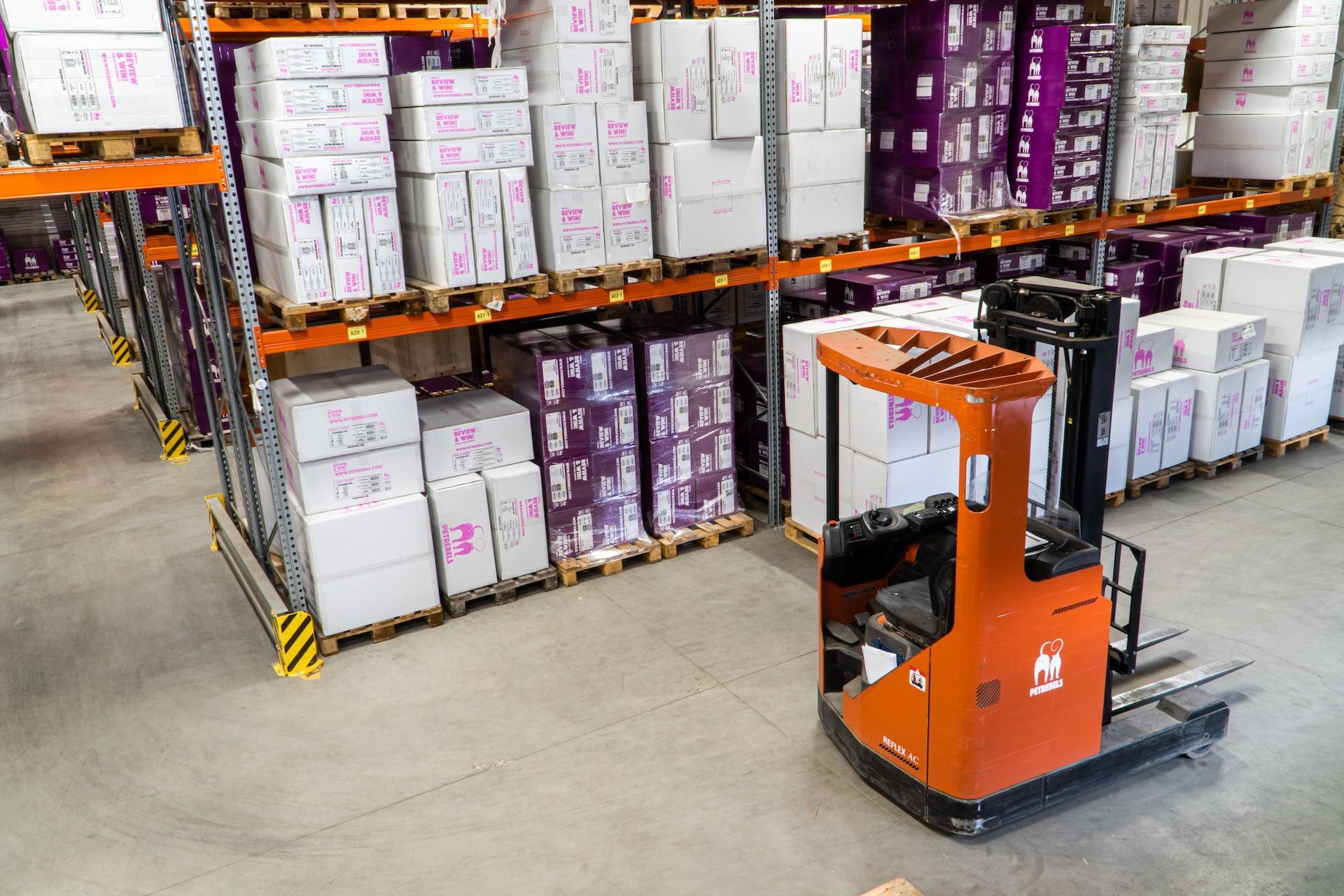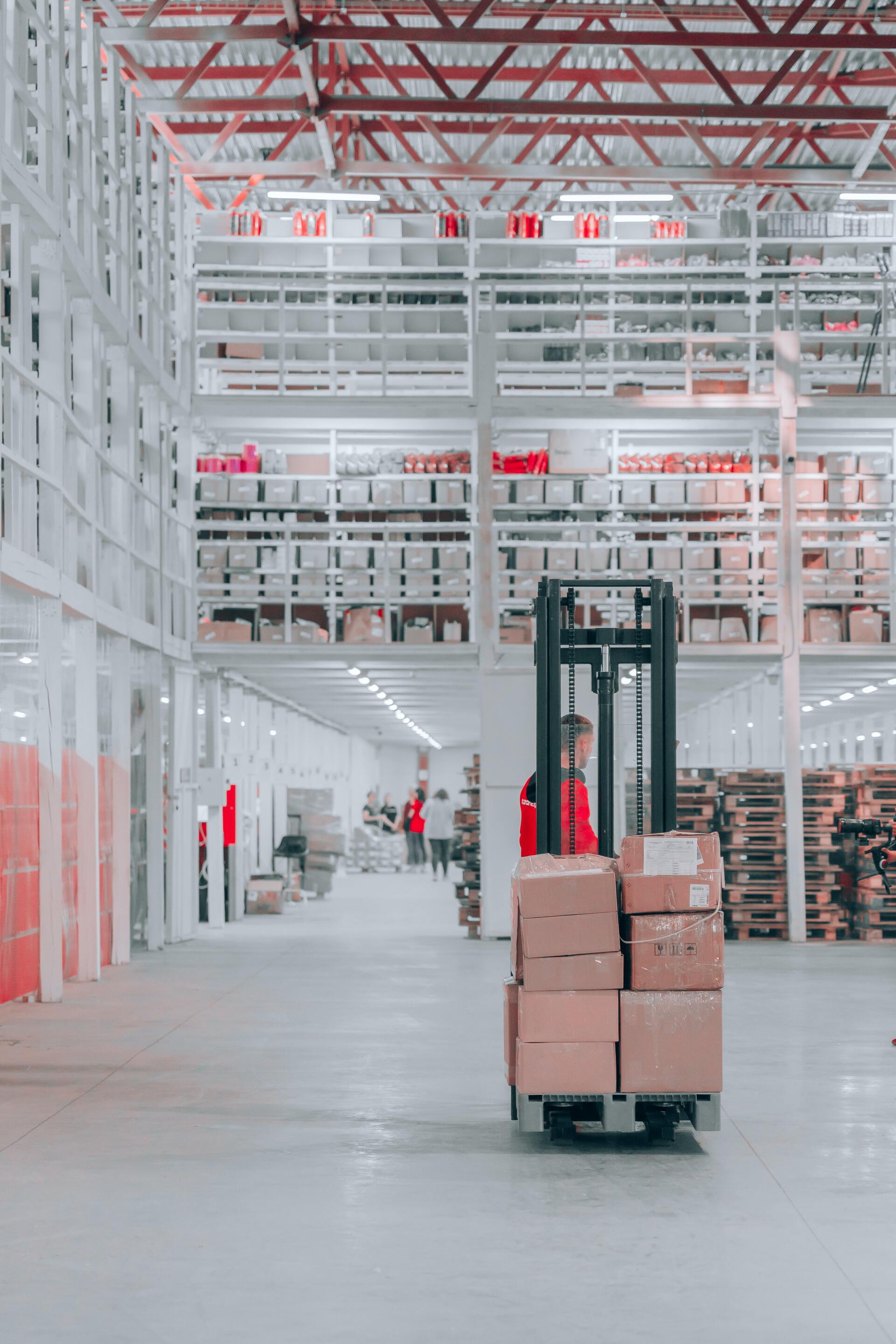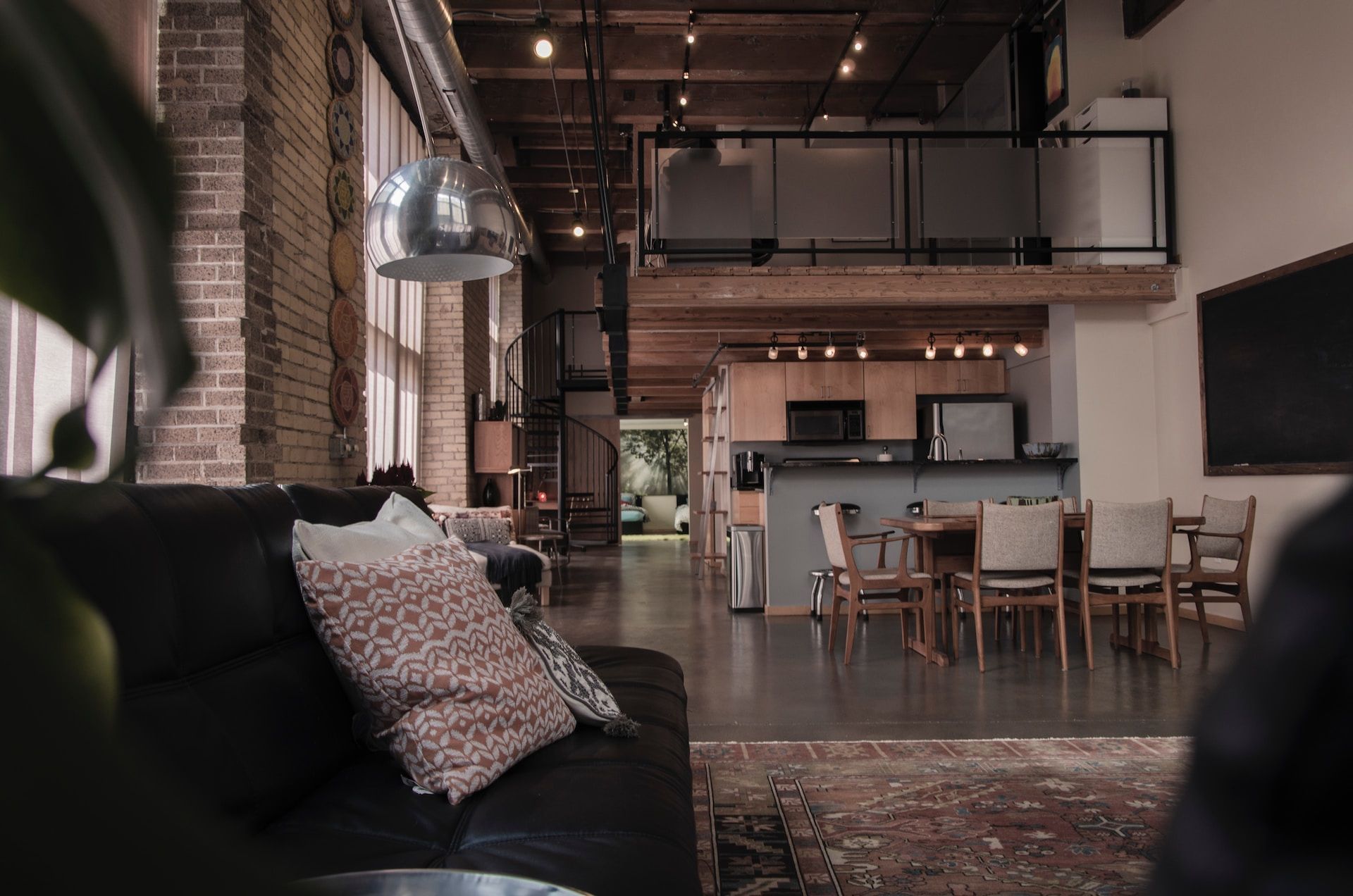Maintaining racking between inspections | Racking & Shelving
- By Jenny Redford
- •
- 05 Jun, 2023
- •
Making sure your racking system is safe throughout the year
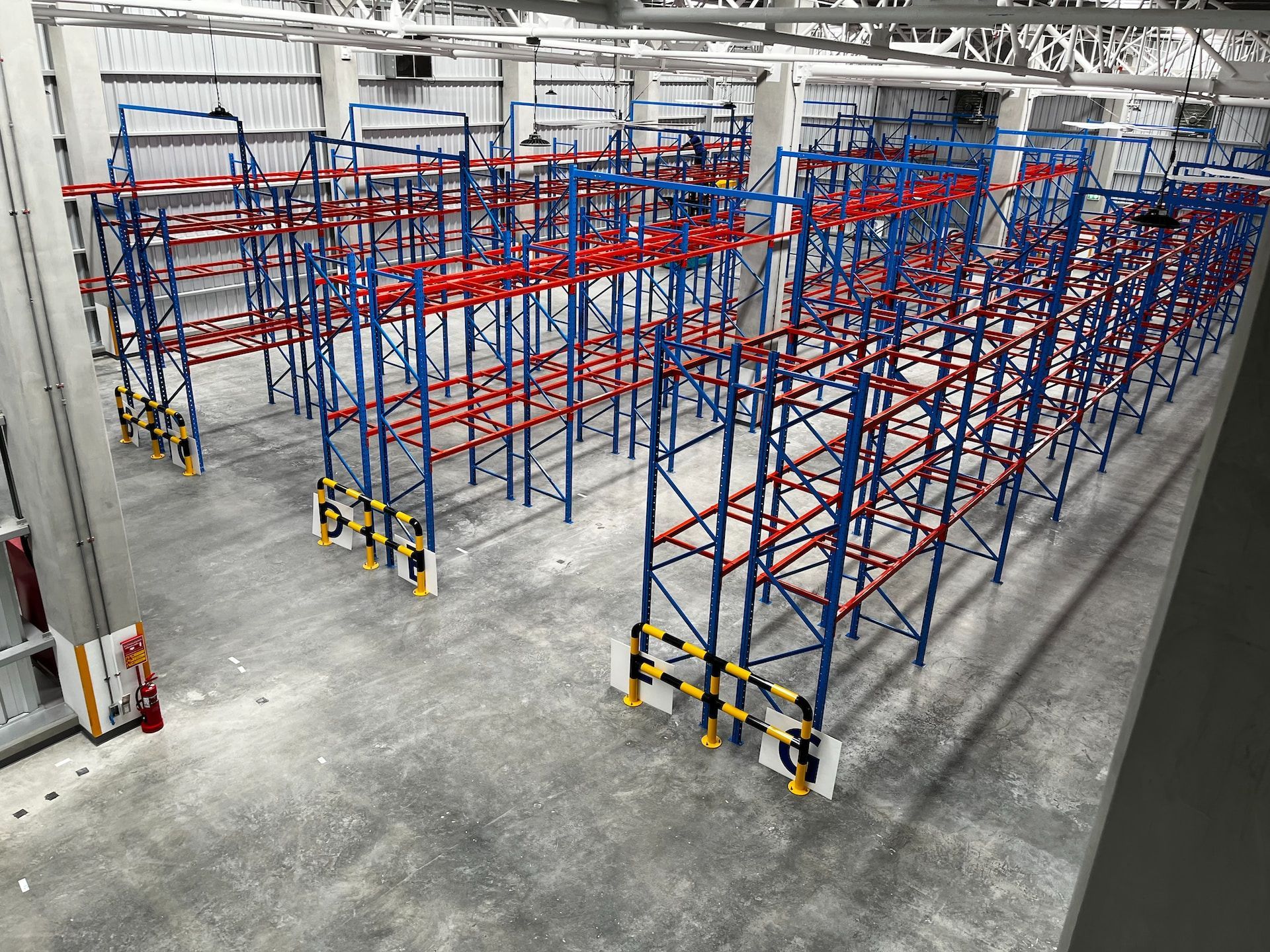
Racking is crucial to the smooth operation of any warehouse. Effective storage of stock means you can save time and money and maximise your profits, so safe and secure pallet racking is absolutely central to the working life of a huge proportion of businesses. Keeping your racking in good working order can save you a lot of heartache down the line.
In this blog, we will explain a bit more about pallet racking and racking inspections, as well as laying out some of the things you can do between official inspections to keep your racking in great shape.
What is pallet racking?
Pallet racking is far and away the most popular type of racking system in warehouses all over the UK. It’s an efficient and secure way of storing high volumes of heavy pallets, accessible by forklift. They make the most of the vertical space in your warehouse by using lots of levels of shelving within each unit, freeing up more floor space and letting you maximise the use of your space.
Why should you have your racking inspected?
Health and safety is one of the most important things in a workplace to get right. It keeps you and your employees physically safe, as well as protecting you from all the nightmares of paperwork and consequences if something did go wrong and someone was injured or harmed at work. Proper health and safety also gives you and your workers peace of mind that you are safe and secure in your place of work, which in turn makes a big difference to mental health and emotional wellbeing.
In a warehouse, your racking is one of the most important things to keep on top of in terms of health and safety. Their regular use and handling of heavy items mean that they are likely to suffer from wear and tear over time, which can lead to much more serious problems if left to deteriorate without intervention. Having your racking inspected regularly makes sure that issues can’t go unnoticed, and ensures you can put small issues right before they turn into bigger problems. It also holds you and your whole team accountable and can help to shine a light on the importance of looking after your racking as a team.
What can you do between inspections?
You should have regular inspections, either yearly or every 6 months, to have a specialist come and check for any signs of damage before they become serious problems and cause accidents or injuries, not to mention potentially devastating and costly damage to your stock.
However, between these official inspections, there are several things you can do to look after your racking and keep it maintained.
In house inspections
It’s important to inspect your racking more frequently than your regular official inspections, to try and catch any initial signs of damage or deterioration before they turn into anything more serious.
What should you look out for?
There are some telltale signs to keep an eye out for and pay particular attention to when you do your in house inspections. A few of the most important details to look out for include:
Signs of corrosion
Rust and corrosion can be bad news for your racking as it weakens the structure and makes it much more susceptible to breakage. Corrosion is particularly common in racking that is kept outdoors, exposed to extreme temperatures or moisture, or racking that is very old.
Fixtures and fittings are some of the most likely parts to find evidence of corrosion or rust on. Although it might not seem very important, you don’t want to be relying on rusty screws to hold your racking together. It’s much cheaper and easier to replace a screw than to replace a load of broken stock that’s fallen off some broken racking!
Forklift damage
Forklifts can inflict serious damage on your racking even with very little outward evidence. A forklift knocking into your racking can seriously impact its structural integrity and strength, so you need to pay close attention to any collisions your forklift might have with your racking. Even if it seems like a tiny knock, it could have very big implications.
Making sure you keep records of any knocks to your racking from a forklift, including where on the racking the impact happened, is a good way of monitoring the stability of the storage system in combination with physical checks and inspections by eye.
Bends and dents
Bends and dents in your racking can cause problems for everyone who comes into contact with your shelves. A bend or dent in the structure can throw the whole thing out of alignment, making it much more likely to topple over. Dents and bends can also put your pallets at odd angles, making picking and packing more difficult and putting your stock at risk of sliding off.
Some dents and bends might be able to be fixed by hand on a surface level, but be aware that any spot which was dented or bent and has since been smoothed out will still be a weak point in your racking unit, so it’s much safer to simply replace the damaged element.
Missing safety clips
Safety clips, as their name suggests, are there to keep your racking safe. Obviously, this means that if any are missing they should be replaced as soon as possible. Every now and then one might go missing, so regularly counting them up and making sure they’re all in the right places is a good way of making sure things don’t go awry as a result of a missing safety clip.
Overloaded racking
Every racking unit will have a maximum load that it can safely hold. These maximum loads should be common knowledge among your team, and should be respected at all times. An overloaded racking unit could buckle and fall, so it’s crucial that you and your team all know not to overload your pallet racking accidentally.
It can be difficult to spot overloaded racking by eye, but knowing the weight limit for each of your racking units, and keeping that in mind when organising your stock, is a good way of making sure you don’t overload them.
Dislodged beams
In the same way as dents and bends, dislodged beams can throw off the alignment of a whole racking system. It only takes a small knock to dislodge a beam and put it at the wrong angle, which can make the whole unit unstable from the ground up. Frequent, regular checks of all beams means you can quickly spot any that have been dislodged and correct them before they cause any serious problems in your warehouse.
Damage or twisting at the base
The base of your racking is the most likely place to be damaged. This is because it’s at the height which is most likely to be accidentally knocked, bashed and hit by forklifts, feet, and stock. Unfortunately, the base is also the part of the racking which can have the biggest knock on effect if it is damaged.
It’s very important to keep track of the condition of the base of your racking units, and in particular to keep an eye out for any twisting or odd angles at the feet of the racking. If existing damage goes undetected and then is knocked again it could easily send a whole unit falling over, damaging stock, other racking, and potentially causing serious injuries to any workers who happen to be nearby.
Racking protectors
You can use various racking protectors to add an extra layer of safety to your racking units. These include a range of barrier systems and upright protectors which form a physical block for forklifts, preventing them from damaging your racking. There are also support bars and back stops for the shelves on your pallet racking to prevent pallets from falling off their racking.
Staff training
Making sure everyone who works on-site is familiar with the danger signs we’ve outlined in this blog is a great way of avoiding serious incidents with your pallet racking. The people who are most frequently in contact with your racking will often be the first to spot any damage or differences, so giving everyone training in what to look out for and report is essential. It’s also really important to make sure all your staff know the maximum loads for all of your racking so they don’t overload them.
